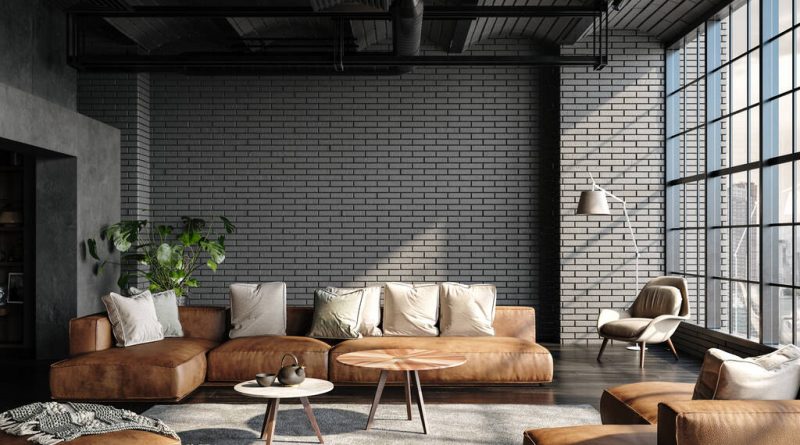Tips and Techniques for Home Staging and Sales
Start with a deep clean: Before you start staging, ensure your home is spotless. Dust, vacuum and scrub every inch of your home.
Declutter: Remove any unnecessary items from your home, including excess furniture, personal belongings, and decor. This will make your home appear larger and more open.
Depersonalise: Remove family photos and other personal items that could make it difficult for potential buyers to envision themselves living in your home.
Neutralise colours: Paint any brightly coloured walls with a neutral shade. This will make it easier for buyers to imagine their own belongings in the space.
Enhance curb appeal: First impressions count! Make sure your home’s exterior is well-maintained, including the lawn, landscaping, and front door.
Highlight key features: Showcase your home’s best features, such as a fireplace or large windows. This can help buyers envision themselves enjoying these features.
Use lighting: Use natural light and lamps to create a warm and inviting atmosphere in your home.
Accessorise: Add tasteful decor to your home to make it feel cosy and welcoming. This can include throw pillows, rugs, and artwork.
Stage each room: Ensure each room has a clear purpose and is staged appropriately. This will help potential buyers see the potential in each space.
Work with a professional: Consider hiring a professional home stager to help you showcase your home in the best possible light. They can provide valuable insights and guidance on how to make your home stand out.
Fix any repairs: Make sure that any outstanding repairs or maintenance issues are sorted before staging your home. This can include leaky taps, squeaky doors, and chipped paint.
Create a welcoming atmosphere: Place fresh flowers or a bowl of fruit on the kitchen bench to create a welcoming atmosphere. This can help potential buyers feel at home and imagine themselves living in the space.
Make your home smell good: Use scented candles or essential oils to create a pleasant fragrance throughout your home. Avoid using strong or overpowering scents that could be off-putting to potential buyers.
Rearrange furniture: Rearrange furniture to create a sense of flow and make each room feel spacious. This can help potential buyers see the potential in each space.
Highlight storage space: Showcase any storage spaces, such as built-in shelves or walk-in wardrobes. This can be a selling point for buyers who are looking for ample storage space.
Consider your target audience: Think about the type of buyer who would be interested in your home and stage accordingly. For example, if your home is located in a family-friendly neighbourhood, consider staging a bedroom as a kid’s room to appeal to families.
Show the potential of outdoor living spaces: If you have an outdoor living space, such as a patio or deck, stage it with outdoor furniture and decor to showcase its potential as an extension of the home.
Keep it simple: Remember that less is often more when it comes to home staging. Avoid cluttering your home with too many accessories or decor items, as this can be distracting and overwhelming to potential buyers.
Be flexible: Be open to feedback from your real estate agent and potential buyers. If they suggest changes or improvements, be willing to make adjustments to help your home sell more quickly.
Stay organised: Keep your home organised and tidy throughout the staging process. This can help you stay on track and make sure your home is always ready for inspections. If you’re looking for extra assistance, consider engaging the services of a Property Styling Sydney professional to help you.



Pingback: Understanding Inflation and the Best Assets to Hedge Against It | Darwin Legend